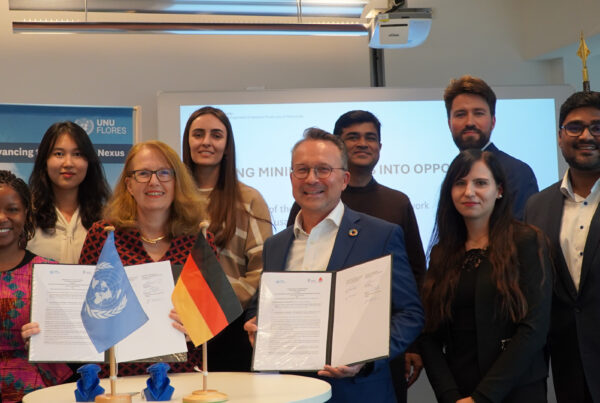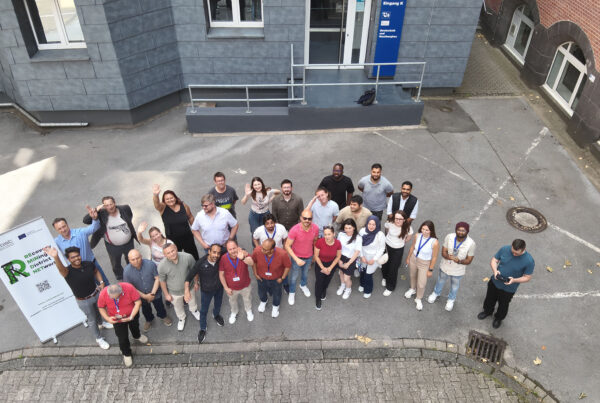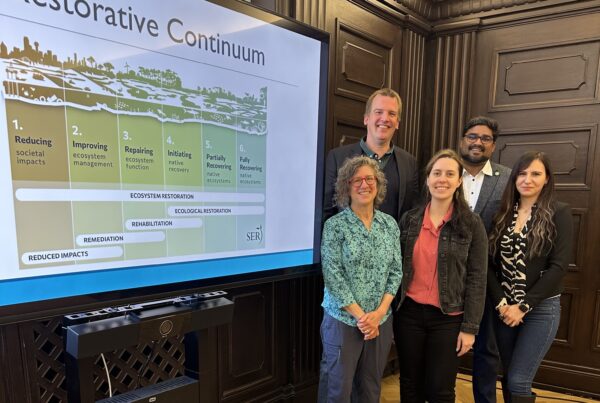When coal mines close, this not only impacts the coal-fired power plants and associated mining areas, but also neighboring industries. In the POTENTIALS project, a research consortium of six European partners has investigated the opportunities and challenges arising from the synergies between these sectors. They have now summarized the results in a best practice guideline.
The full project title is: Synergistic Potentials of End-Of-Life Coal Mines and Coal-Fired Power Plants, Along With Closely Related Neighbouring Industries: Update and Re-Adoption of Territorial Just Transition Plans. Its guideline provides an overview of the factors that are relevant for a climate-friendly and socially just transition to a post-mining era. In keeping with the European Green Deal and the “Just Transition Mechanism” that is part of its investment plan, options for implementing renewable energies and energy storage as well as a cost- and resource-efficient circular economy are explored among other things. The guideline is aimed at political decision-makers, authorities and operators of coal mines as well as other stakeholders and interested citizens.

In the POTENTIALS project, the researchers examined the sustainability, social impact and economic viability of reutilization models for industrial sites, such as the Hoheward Landscape Park in Herten. © THGA/Volker Wiciok
The scientists at the FZN have contributed a unique perspective to the European research project: Germany plays a pioneering role in the transition of coal regions, as it is already well into its post-mining era. This enabled the analysis of real regional examples to be incorporated into the development and analysis of post-utilization scenarios. Another contribution of the FZN researchers was the development of a modified TEQUILA approach for a territorial impact assessment. TEQUILA stands for “Territorial Efficiency, Quality and Identity Layer Assessment” and enables an impact analysis of political measures to end coal mining and of the effects on the economic competitiveness of the region. In the POTENTIALS project, the FZN worked together with the Greek Center for Research and Technology - Hellas (CERTH), the University of Oviedo and HUNOSA in Spain, the vbge interest group based in Germany and the Polish Główny Instytut Górnictwa (GIG).
More information on the project can be found on the official website: https://potentialsproject.uniovi.es/.
Download
The English-language guideline can be downloaded from the following link: Best-Practice Guidlines – POTENTIALS (Pdf).

The project was funded by the Research Fund for Coal and Steel (project number: 101034042) and ran from 2021-2023.
Editor: Cinja Bösel





